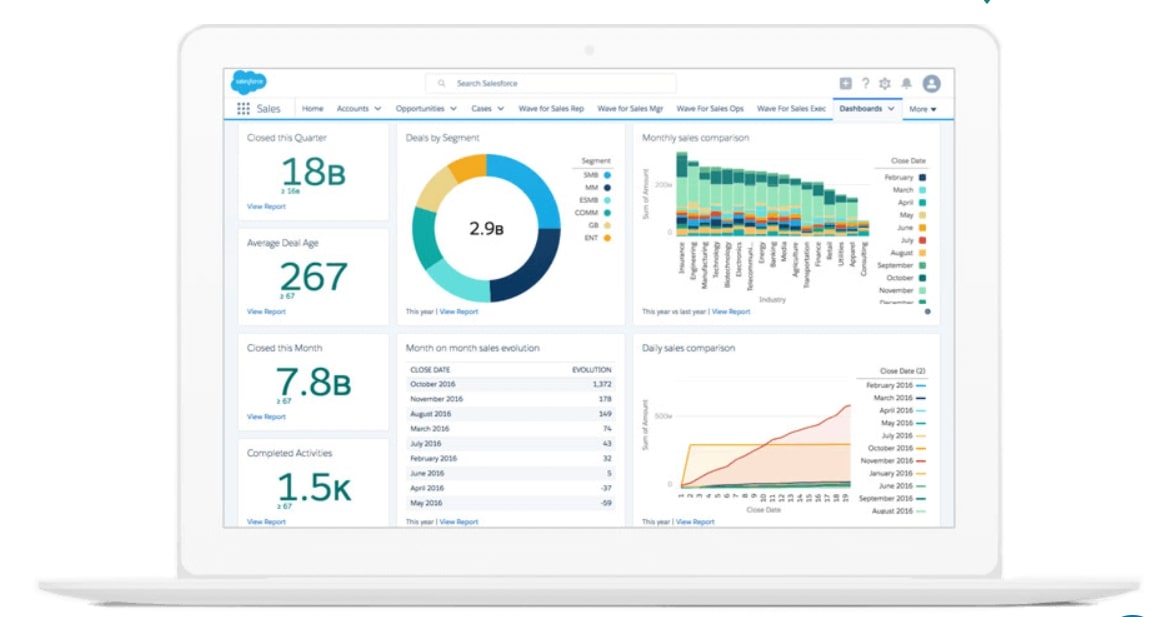Gantt charts are an essential tool for project management that helps teams visualize project schedules, track progress, and manage resources.
Gantt charts, which are named after their inventor Henry Gantt in 1917, have become an essential tool for modern project management. These charts allow project managers to visualize the progress of a project and determine which tasks need to be completed in order to meet the project’s goals.
Moreover, Gantt charts can be used to identify potential roadblocks and adjust the project’s timeline if necessary. Due to their versatility, Gantt charts have been widely adopted across industries and are considered a fundamental part of any project management toolkit.
In this comprehensive guide, we will explore the basics of Gantt charts, their benefits, and how to create them.
Key Takeaways:
- Gantt charts are a project management tool that provides a visual representation of a project’s timeline, helping teams to track progress, manage resources, and allocate tasks effectively.
- They can be used to identify critical path tasks, promote collaboration among team members, and enhance productivity.
- Gantt charts can help project managers and teams plan projects more effectively by breaking them down into individual tasks and activities.
- They make it easier to communicate project timelines and progress to stakeholders, clients, and team members.
- Gantt charts promote collaboration among team members by providing a shared view of the project schedule.
What is a Gantt Chart?
A Gantt chart is an important tool used in project management. It provides a visual representation of a project’s timeline, allowing team members to easily see the start and end dates of individual tasks or activities. This can help ensure that tasks are completed on time and within budget.

In addition to displaying task timelines, Gantt charts can also show dependencies between tasks. This means that if one task is delayed, the impact on other tasks can be easily seen and managed. Gantt charts can also be used to help identify critical path tasks, which are those tasks that must be completed on time in order for the project to stay on track.
Furthermore, Gantt charts can be useful in communicating project progress to stakeholders. By providing a visual representation of the project timeline, stakeholders can easily see how far along the project is and what tasks still need to be completed. This can help ensure that everyone is on the same page and that the project is progressing as planned.
Overall, Gantt charts are an effective tool for managing projects and ensuring that they are completed on time and within budget.
Components of a Gantt Chart
A Gantt chart consists of several components, such as the project timeline, individual tasks or activities, their start and end dates, and dependencies between tasks.
Furthermore, Gantt charts can also include information on resources and milestones. By dividing the project into smaller segments, Gantt charts can help teams stay organized and on track.

Benefits of Gantt Charts
Gantt charts offer several benefits to project managers and teams, including:
1. Improved Project Planning
Gantt charts help project managers and teams plan projects more effectively by breaking them down into individual tasks and activities. This allows them to identify the critical path, dependencies, and potential risks, and allocate resources more efficiently.
2. Better Communication
Gantt charts make it easier to communicate project timelines and progress to stakeholders, clients, and team members. They provide a visual representation of the project schedule that is easy to understand, helping to avoid misunderstandings and conflicts.
3. Enhanced Collaboration
Gantt charts promote collaboration among team members by providing a shared view of the project schedule. Team members can see who is responsible for each task, when it is due, and the dependencies with other tasks. This helps them work together more effectively and identify potential bottlenecks.
4. Increased Productivity
Gantt charts help teams stay focused and motivated by providing a clear picture of project timelines and priorities. This enables them to prioritize their work and avoid wasting time on non-critical tasks.
Creating a Gantt Chart
Creating a Gantt chart involves several steps, including:
1. Identifying Tasks and Activities
The first step in creating a Gantt chart is to identify all the tasks and activities required to complete the project. This involves breaking down the project into smaller, more manageable pieces.
2. Determining Dependencies
The next step is to determine the dependencies between tasks and activities. This involves identifying which tasks must be completed before others can start.
3. Estimating Durations
The third step is to estimate the duration of each task or activity. This involves determining how long it will take to complete each task, based on available resources and constraints.
4. Creating the Chart
The final step is to create the Gantt chart using a software tool or manually. The chart should display the start and end dates of each task or activity, the duration, and dependencies.
Best Practices for Using Gantt Charts
To get the most out of Gantt charts, project managers and teams should follow these best practices:
1. Keep it Simple
Gantt charts should be simple and easy to read. Avoid cluttering the chart with too much information, and focus on the critical path and milestones.
2. Update Regularly
Gantt charts should be updated regularly to reflect changes in the project schedule. This helps to ensure that the team is working with the most up-to-date information. It is important to note that these changes can come from a variety of sources, including changes in task duration, changes in task dependencies, and changes in resource availability.
3. Involve the Team
Gantt charts should be created collaboratively, involving all team members. This helps to ensure that everyone is on the same page and understands their roles and responsibilities. In addition, team members can provide valuable input on task dependencies, resource availability, and potential roadblocks that may impact the project schedule.
4. Use a Software Tool
Gantt charts can be created manually using a spreadsheet or other tools. However, it is recommended to use a software tool specifically designed for creating Gantt charts, such as Microsoft Project, TeamGantt or GanttPRO. These tools offer a range of features, including task dependencies, critical path analysis, and resource allocation, which can help project managers and teams to create more accurate and detailed Gantt charts.
Gantt Chart Tools
In addition to the benefits and features discussed earlier, there are plenty of Gantt chart tools available that can aid project managers and their teams in creating and managing Gantt charts with ease. With these tools, you can create and visualize project schedules in a snap, track progress, and allocate resources effectively.
- Monday.com: A versatile and customizable cloud-based project management tool that offers Gantt chart functionality, task dependencies, and collaboration features. It is suitable for small to large teams and is used across various industries.
- ClickUp: A cloud-based project management tool that offers Gantt chart functionality, task dependencies, and collaboration features. It is suitable for small to large teams and is used across various industries.
- Notion: A versatile all-in-one workspace that can be used for project management, note-taking, and document collaboration. It offers Gantt chart functionality, task dependencies, and collaboration features.
- Wrike: A cloud-based project management tool that offers Gantt chart functionality, task dependencies, and collaboration features. It is suitable for small to large teams and is used across various industries.
- Microsoft Project: This software is widely used for project management and offers Gantt chart functionality, task dependencies, resource allocation, and critical path analysis. It is best suited for larger and more complex projects.
- TeamGantt: A cloud-based project management tool that is perfect for small to medium-sized teams who need to manage multiple projects simultaneously. It offers Gantt chart functionality, task dependencies, and collaboration features.
- GanttPRO: This web-based project management tool is ideal for beginners and offers Gantt chart functionality, task dependencies, and resource allocation. It is easy to use and navigate.
- Smartsheet: A versatile cloud-based project management tool that can be used for project management, task management, and even as a spreadsheet. It offers Gantt chart functionality, task dependencies, and collaboration features.
- Asana: A user-friendly cloud-based project management tool that is ideal for teams who need to manage projects and tasks in a single platform. It offers Gantt chart functionality, task dependencies, and collaboration features.
- Trello: A simple cloud-based task management tool that offers Gantt chart functionality through plugins and integrations with other tools. It is perfect for small teams or individuals who need to manage tasks in a visual way.
Overall, these Gantt chart tools offer a range of features and functionalities to help project managers and teams plan, track, and manage projects more effectively. Choosing the right tool will depend on the size and complexity of your project, as well as your team’s specific needs and preferences.
FAQs
A Gantt chart is a project management tool that provides a visual representation of a project’s timeline, helping teams to track progress, manage resources, and allocate tasks effectively. It is a bar chart that displays the start and end dates of all the project’s tasks, along with their dependencies.
To create a Gantt chart in Excel, you can use the “Stacked Bar Chart” feature. However, it is recommended to use a software tool specifically designed for creating Gantt charts, such as Microsoft Project, TeamGantt or GanttPRO.
There is a Gantt chart in Excel, which can be created using the “Stacked Bar Chart” feature. However, it is recommended to use a software tool specifically designed for creating Gantt charts.
To create a Gantt chart, you first need to identify all the tasks and activities required to complete the project, determine the dependencies between tasks, estimate the duration of each task, and create the chart using a software tool or manually.
Conclusion
Gantt charts are an essential tool for project management that helps teams plan, track, and manage projects more effectively. In this comprehensive guide, we have explored the basics of Gantt charts, their benefits, and how to create them. By following best practices and using a software tool, project managers and teams can leverage the power of Gantt charts to improve project outcomes and achieve success.
👉 What’s the best project management software to set up Gantt Charts with your team? Read our list of the best project management software here.






